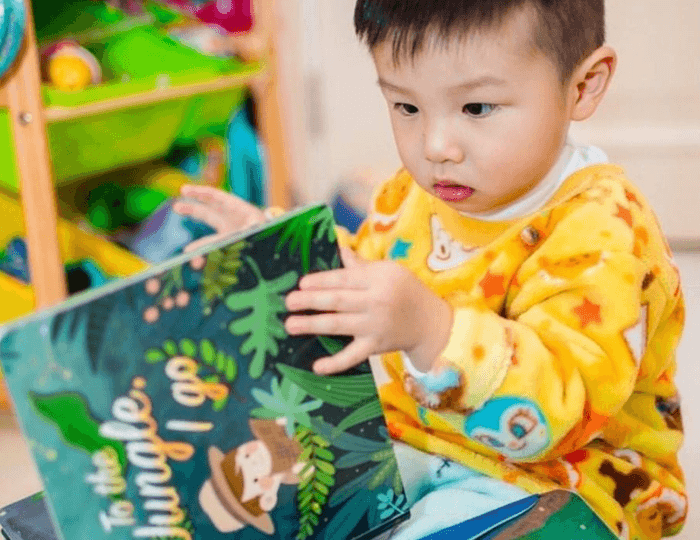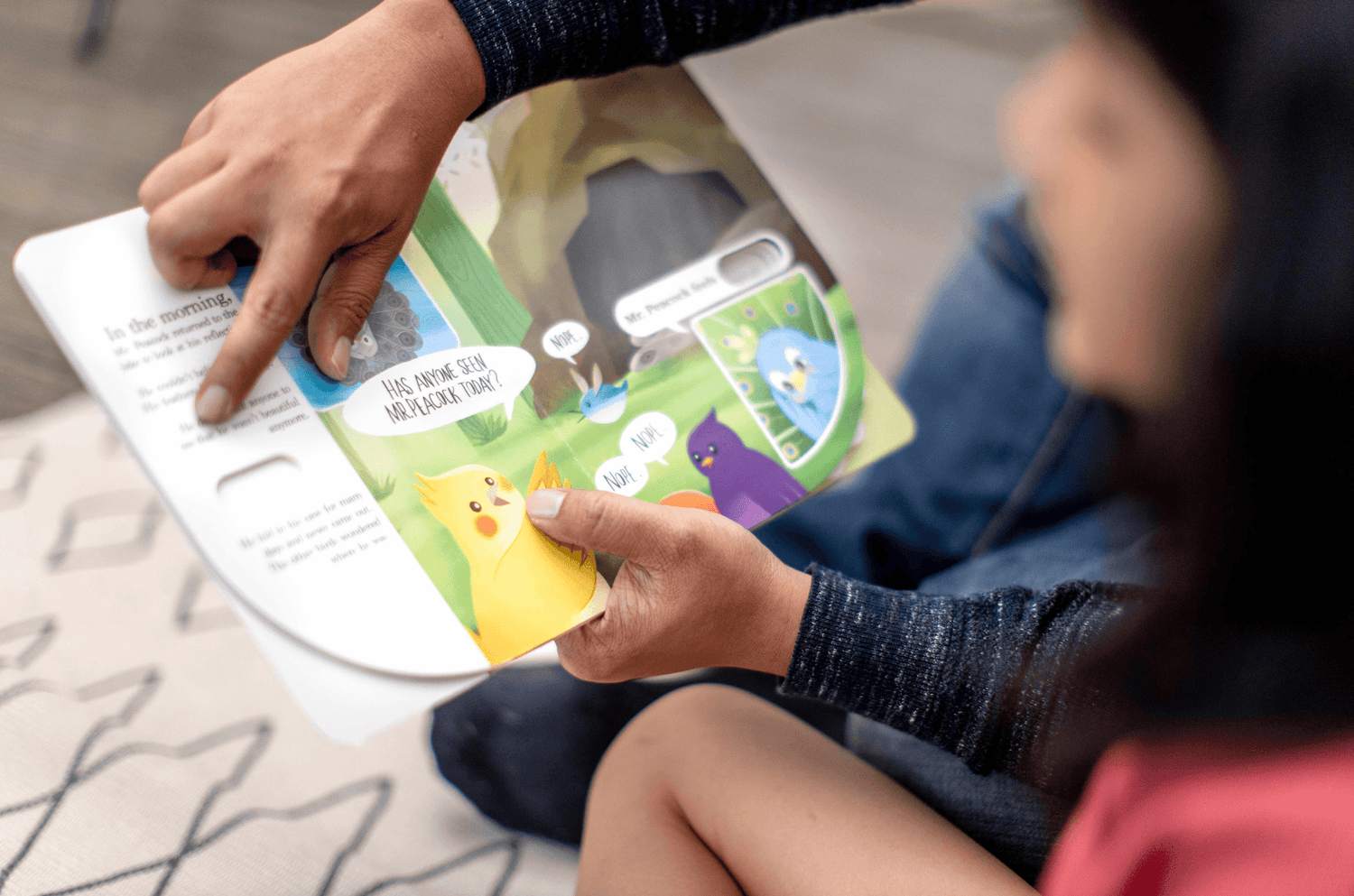Persistence, or sometimes known as ‘grit’, is becoming increasingly popular in the parenting world. Parents want to raise children with ‘grit’ who can persist through challenges and obstacles instead of telling kids that they are naturally smart or talented. There have been many theories on how to increase grit, such as positive parenting, praising, and so on. However, science has recently revealed a new method that is surprisingly easy and effective.
How can I teach my child to be persistent?
A new study revealed that children as young as 15 months old can learn to show persistence in the face of a challenge. The researchers first split the infants into two groups. One group saw an adult who tried multiple methods of completing a task before eventually completing it. The other group saw an adult who effortlessly completed the task. Then, they gave the infants a novel challenging task. The infants who watched the adult try several times also made more attempts to solve their own task, whereas the infants who watched the adult succeed immediately made less attempts. This simple study suggests that by observing adults who demonstrate persistence, children also learn to persist in the face of difficulty.
Why is persistence or ‘grit’ important?
Grit teaches children the importance of mindset, hard work, and getting back up after failing. Children with higher levels of persistence have also been shown to do better academically in the long run. Furthermore, children (and adults) who have a ‘growth mindset’- that is, they believe hard work and persistence is more important than talent in leading to success - also predict later academic and life success. The amazing thing is that unlike personality which is largely heritable, persistence can be learned.
Try this at home!
The next time you play with your child, try this experiment. Pretend to struggle with a toy and try several times before eventually succeeding. Then, pass your child a different toy that is slightly challenging and see how they approach the challenge. Perhaps you’ll see them attempt different methods to solve the problem.
Helpful resources



